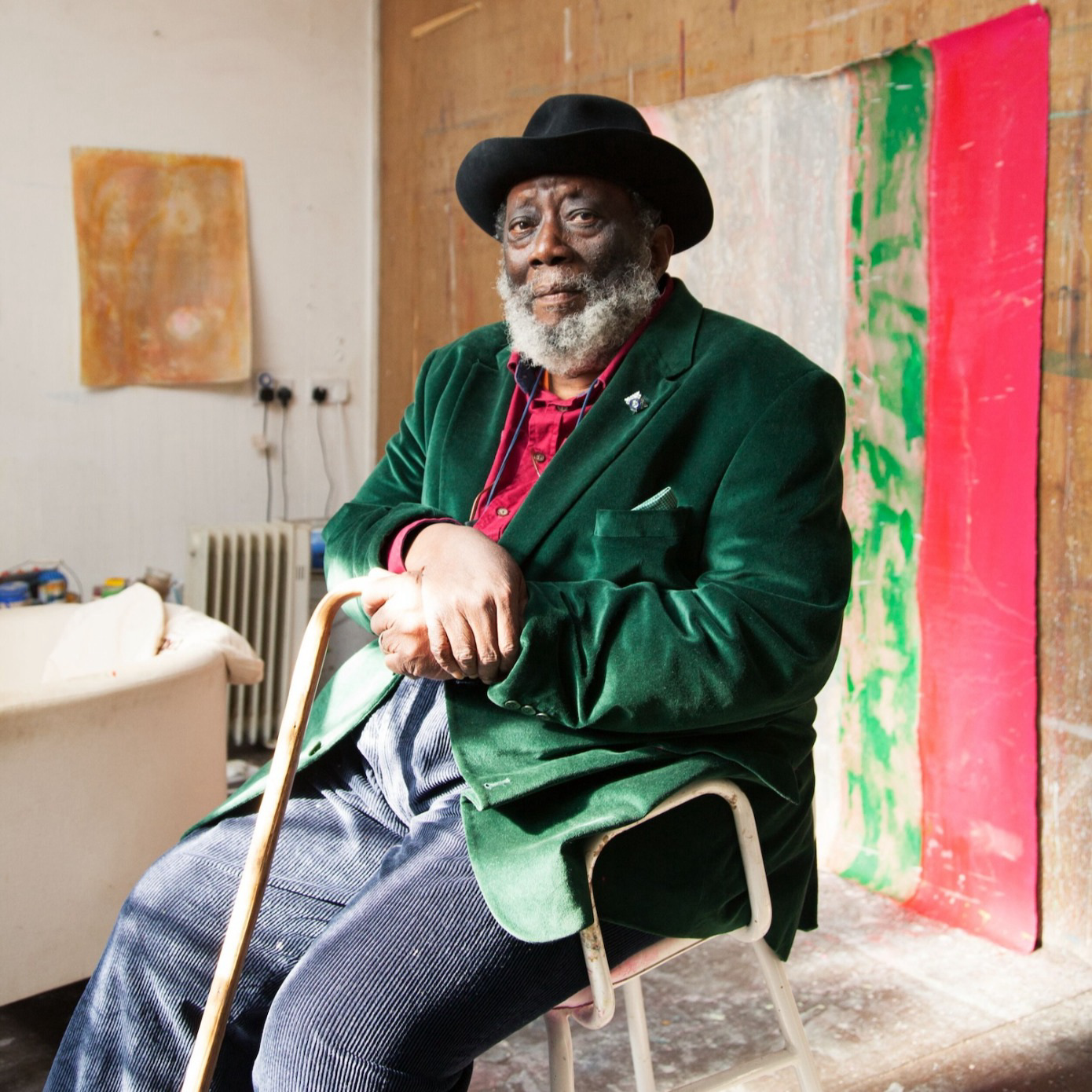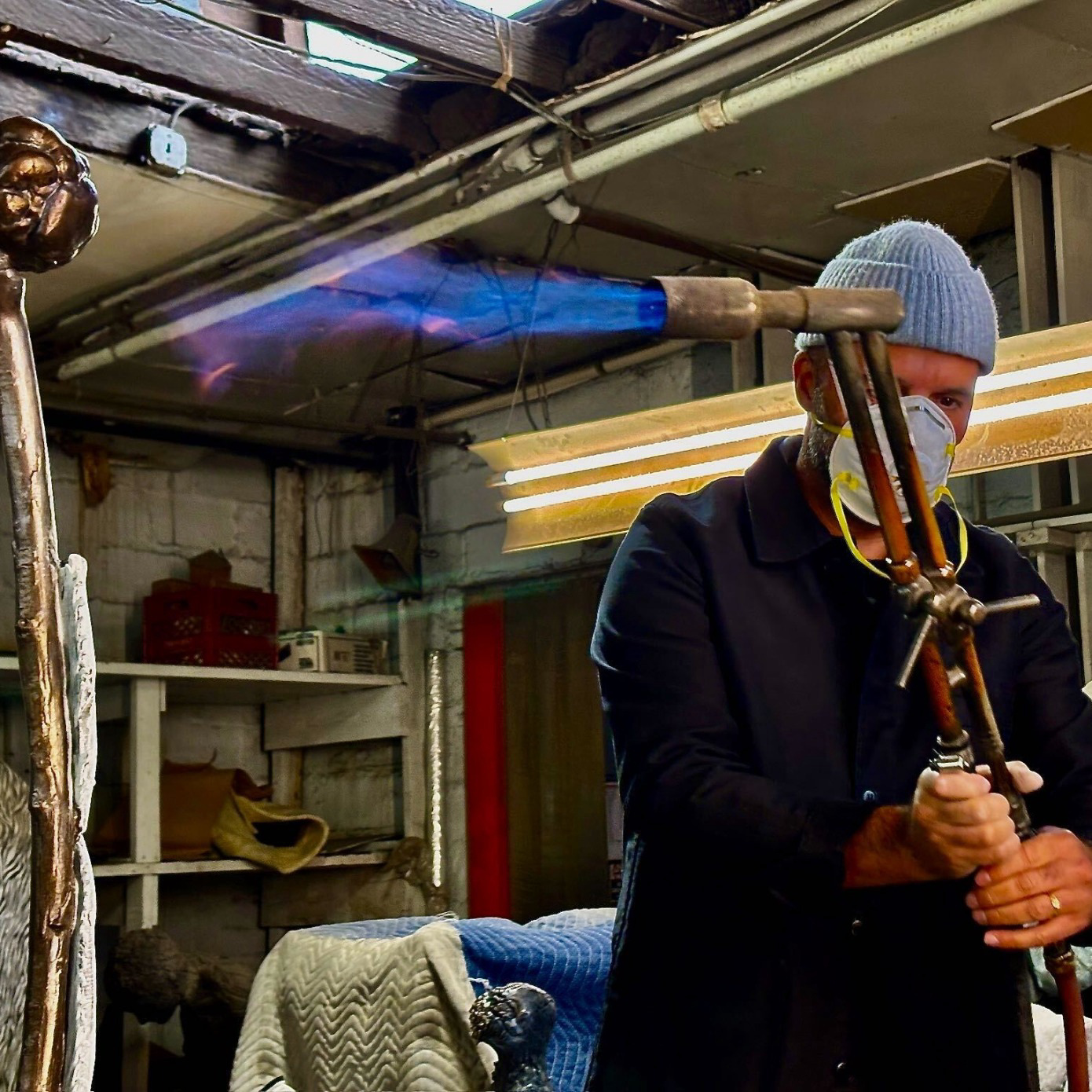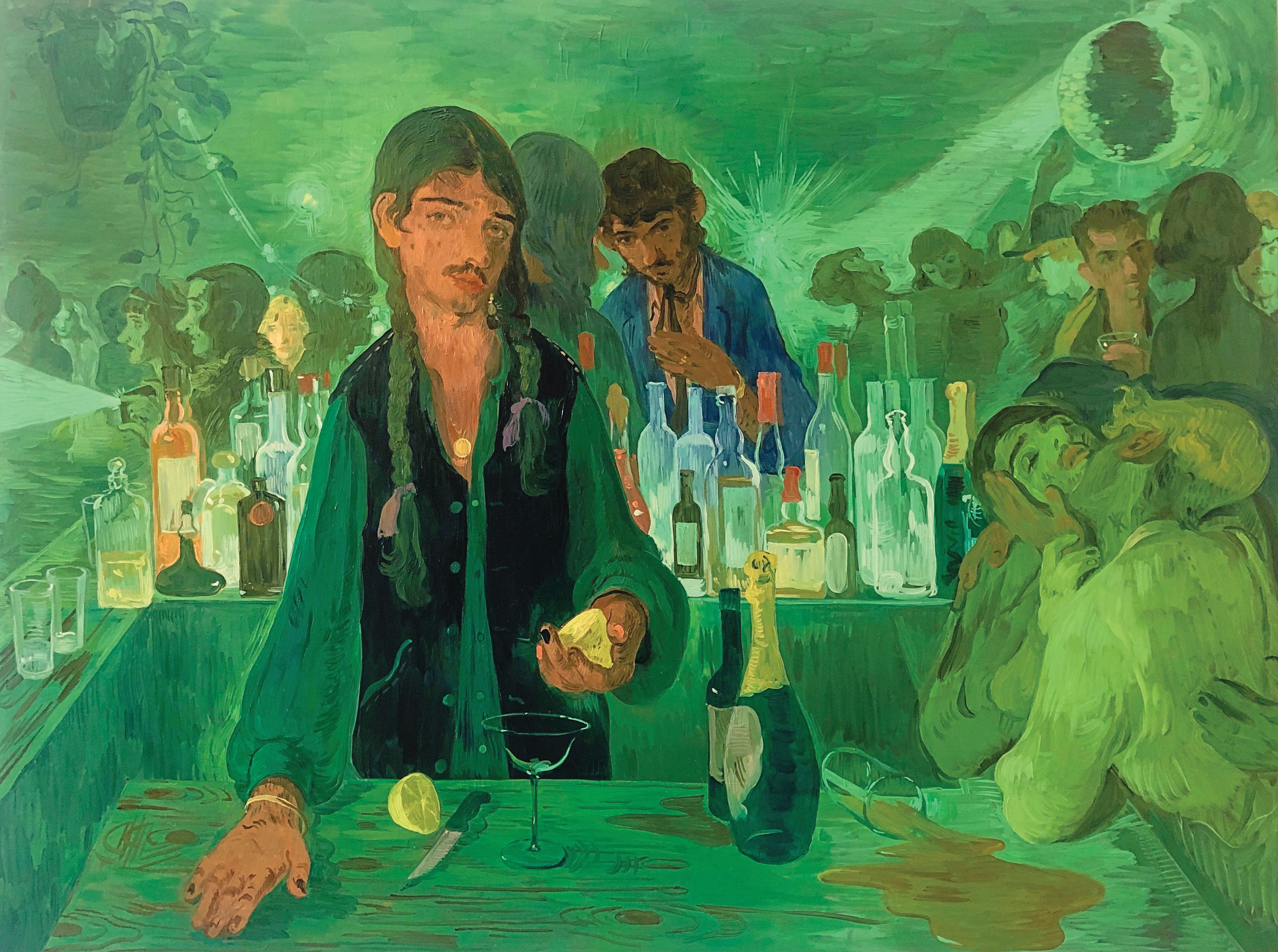
Throughout art history, the majority of bodily representations have only presented mainstream and elite conventions of what was considered beautiful. Today’s generation of queer artists, having grown up in the wake of the AIDS crisis and with more relative political freedom, are repainting the European canon using its tradition of figuration to explore intimacy, says writer Harrison Tenzer, who profiled seven queer painters for Cultured last year. Salman Toor, Jenna Gribbon, Celeste Dupuy-Spencer, Jonathan Lyndon Chase, Anthony Cudahy, Doron Langberg and Zoe Walsh are reimagining the historical with scenes of queer love, life and sorrow, both narrative and non-narrative.
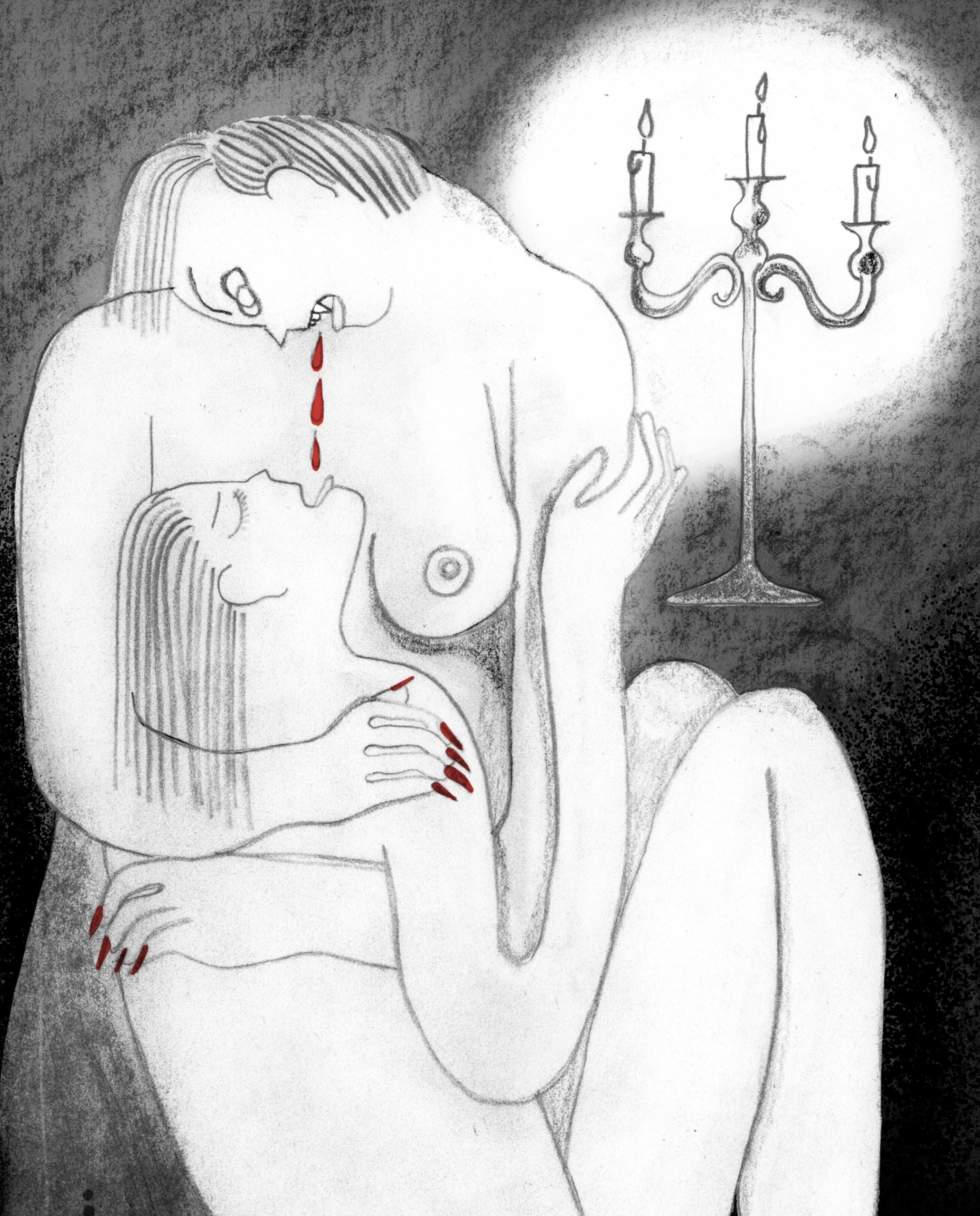
Musing on her fascination with 1970s and ‘80s lesbian vampire films for our film issue, Annie Rose Malamet writes, “The idea of immortality itself is inherently queer, in that it challenges the western hetero-patriarchal concepts of life and death.” Within the meme-able trend of lesbian yearning, codependent relationships are presented as a kind of addiction—akin to a vampirical lust for blood—one in which Malamet finds both an uncomfortable truth and a sense of solidarity. But it's also the subtlety of queerness in these oft-cheesy films that piques her interest and feels closer to reality. The coded subtext of queer horror excites far more than the “rainbow capitalism of token representation,” she explains.
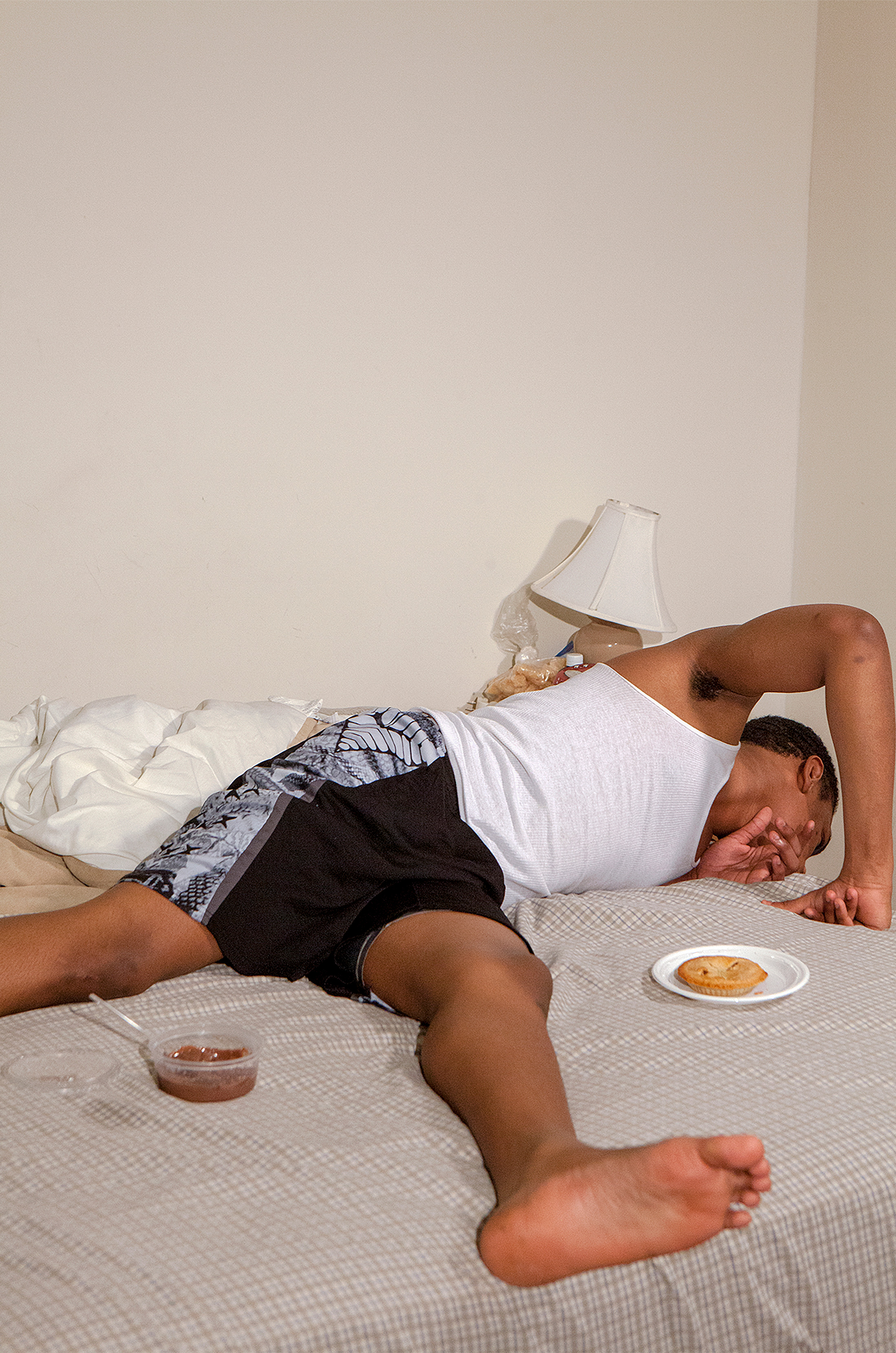
“You can embrace a term like ‘queer’ and not be defined by it,” says Res, a Brooklyn-based photographer whose non-conformant portraiture explores identity beyond labels. Along with Elliott Jerome Brown Jr., Lia Clay, Naima Green and Matthew Morrocco, Res is one of a vanguard of young creatives who use photography to capture the multiplicity of queerness, both in front of and behind the camera.

At the heart of queer love and friendship is community: a sense of world-building that fuels being. For trans actor and model Bobbi Salvör Menuez, the presence of friends allows them to be their whole self, noting “there are parts of me only some folks can see or summon.” In an open-minded and loving forum, identities can be explored without judgement, and so, too, can artistic collaborations.
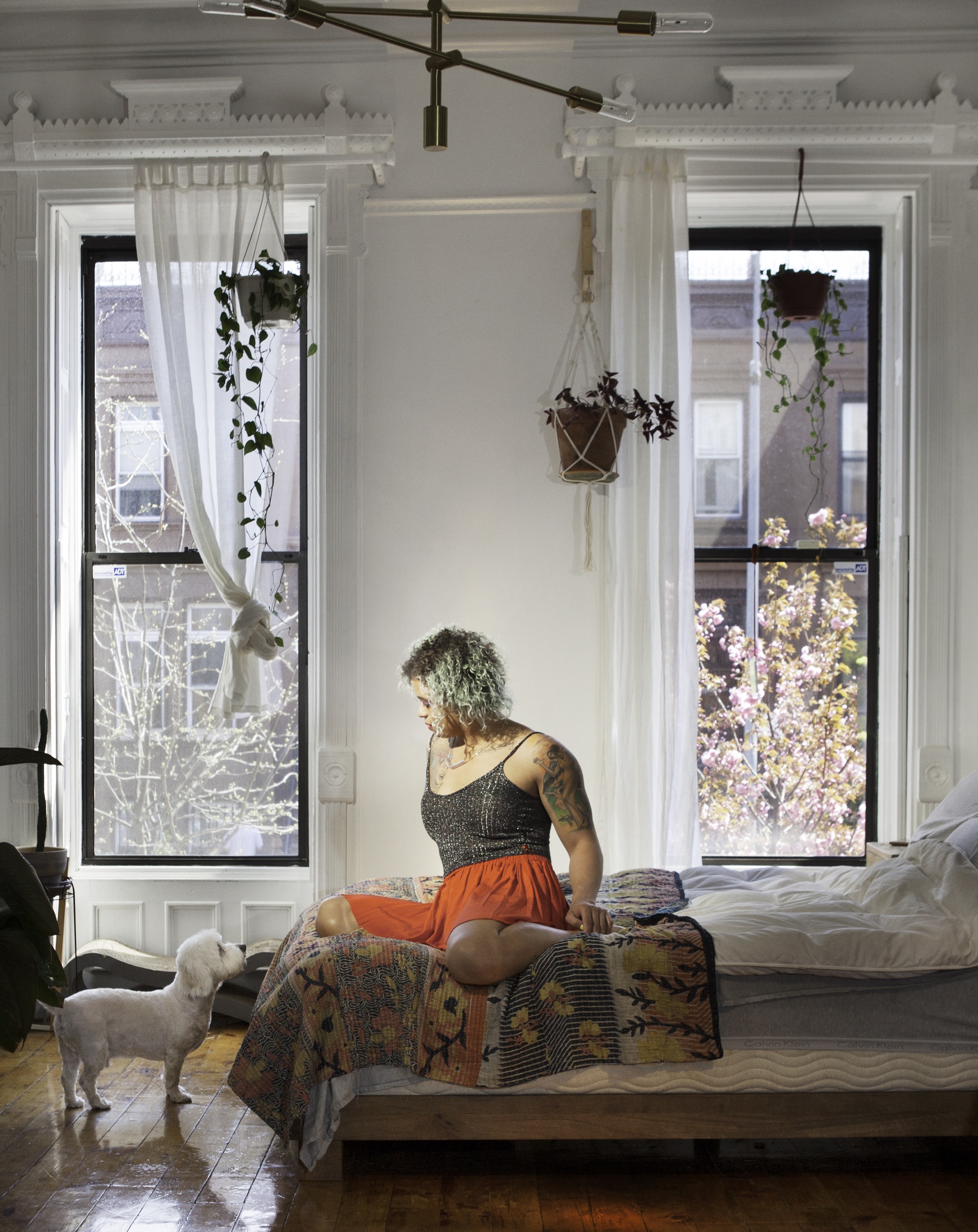
On Putting Black Trans History on the Map
Activist, writer and filmmaker Tourmaline has dedicated her career to rewriting histories. The narratives of Black trans people have long been excluded from documentation of events, art and mainstream societies. Tourmaline is putting them back on the map and learning that the daily lived experience is one of the most radical ways to be. “Many people are consuming trans life and art,” she says, “so for us, we need to question whether this moment of visibility changes our material condition, or if it reinforces the systems that harm us.”


